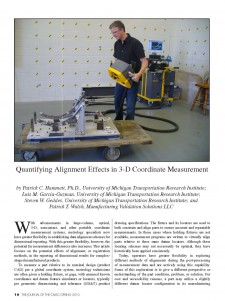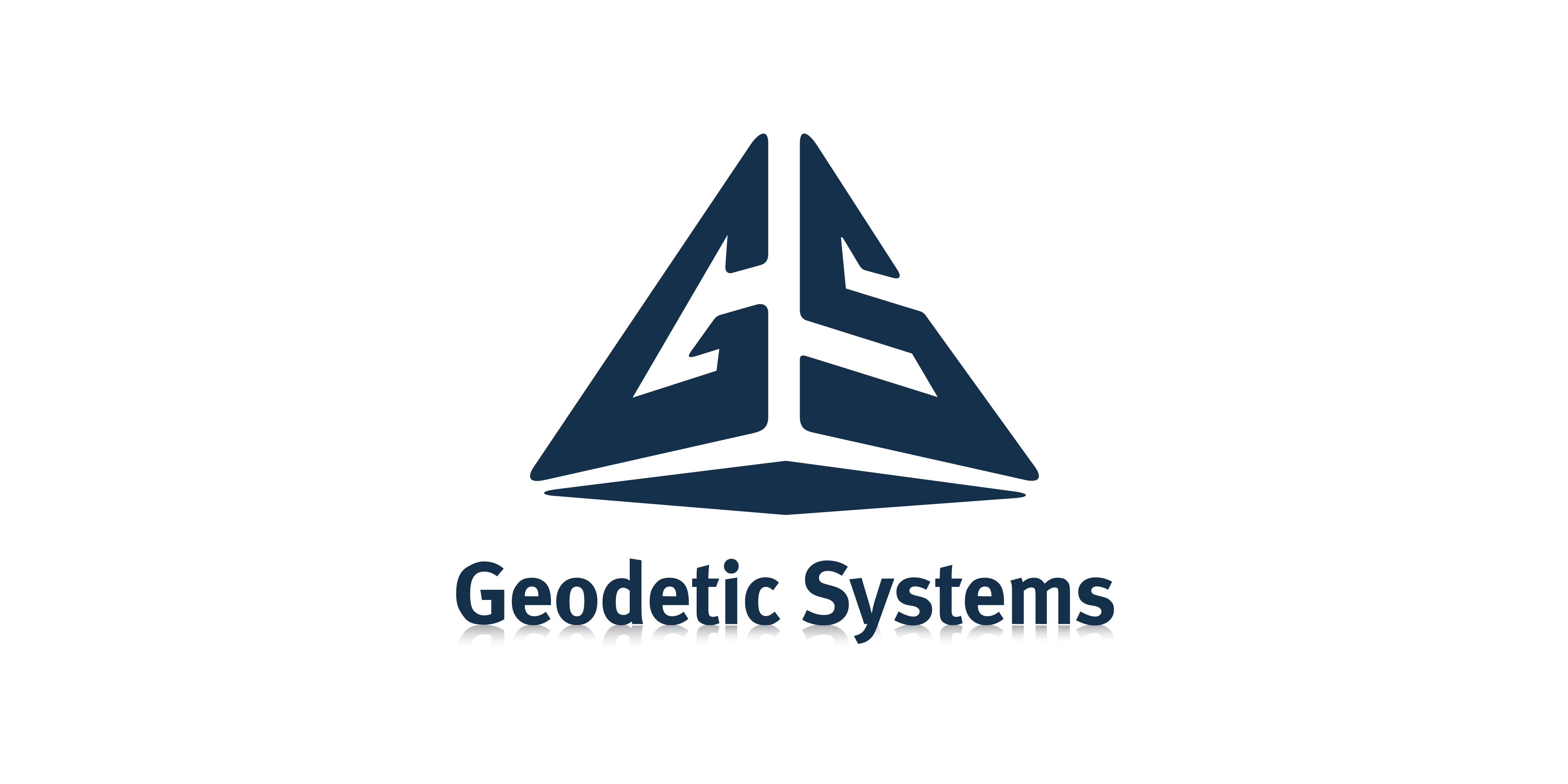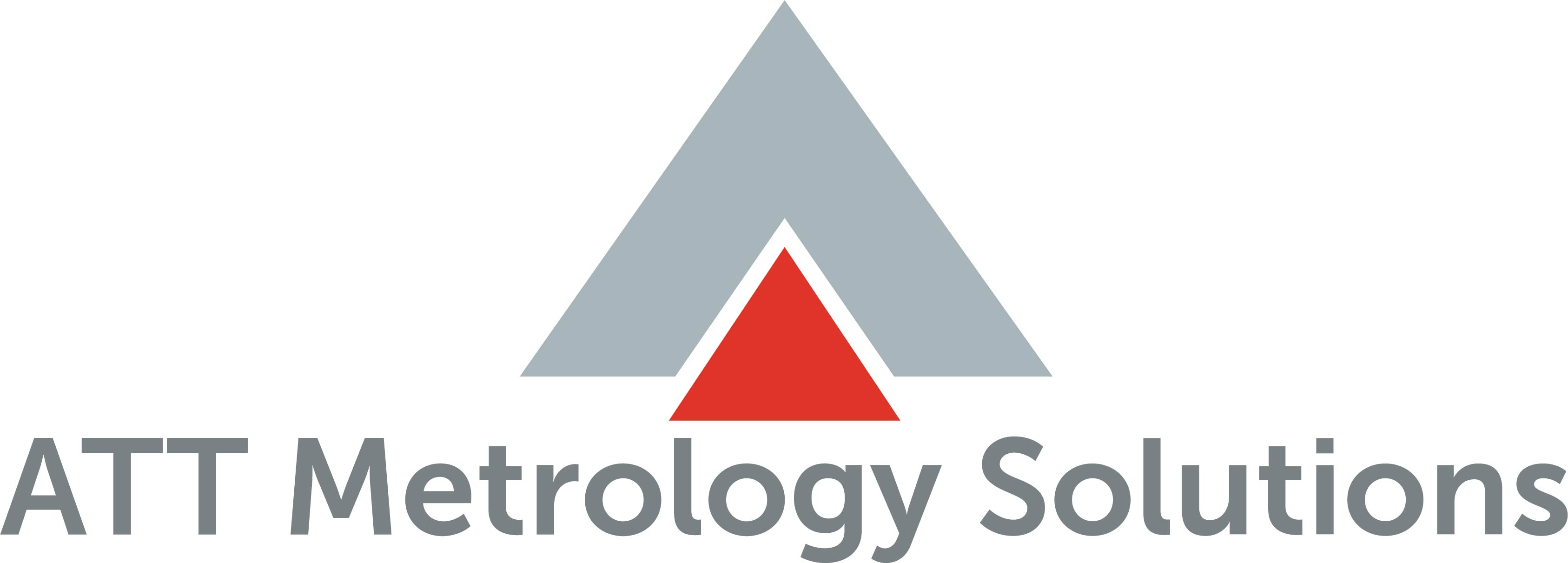
|
Download Members: $0.00 Non‑Members: $75.00 |
Buy Now |
Publication Details
| Published Date: | |
|---|---|
| Authors: | Patrick C. Hammett, Luis M. Garcia-Guzman, Steven W. Geddes, Patrick T. Walsh |
| Company: | CMSC |
| Print Format: | Technical Paper |
| Citation: | Patrick C. Hammett, Luis M. Garcia-Guzman, Steven W. Geddes, Patrick T. Walsh, "Quantifying Alignment Effects in 3D Coordinate Measurement," The Journal of the CMSC, Vol. 5, No. 1, Spring 2010 |
Abstract
With advancements in large-volume, optical, 3D, noncontact, and other portable coordinate measurement systems, metrology specialists now have greater flexibility in establishing data alignment schemes for dimensional reporting. With this greater flexibility, however, the potential for measurement differences also increases. This article focuses on the potential effects of alignment, or registration methods, in the reporting of dimensional results for complex-shaped manufactured products. To measure a part relative to its nominal design (product CAD) per a global coordinate system, metrology technicians are often given a holding fixture, or gage, with assumed known coordinates and datum feature simulators or locators, typically per geometric dimensioning and tolerance (GD&T) product drawing specifications. The fixture and its locators are used to both constrain and align parts to ensure accurate and repeatable measurements. In those cases where holding fixtures are not available, measurement programs are written to virtually align parts relative to these same datum locators. Although these locating schemes may not necessarily be optimal, they have historically been applied consistently. The purpose of this article is to present a more formal classification of alignment error and methods for quantifying it. We also present a case study of a complex, nonrigid frame assembly to show the effects of alignment. A desired outcome of this research is to promote greater focus on alignment issues, particularly during new product development, when alignment strategies should be finalized and differences understood for production monitoring and effective problem solving.





